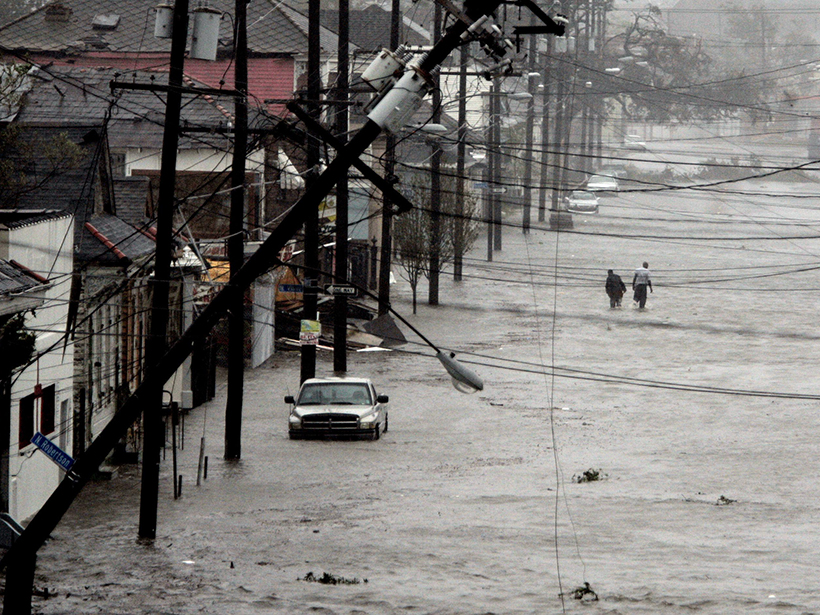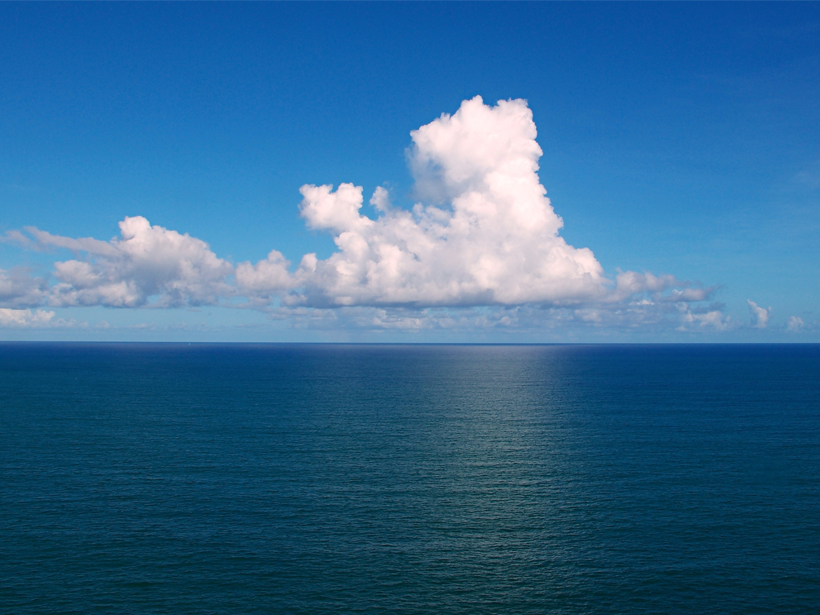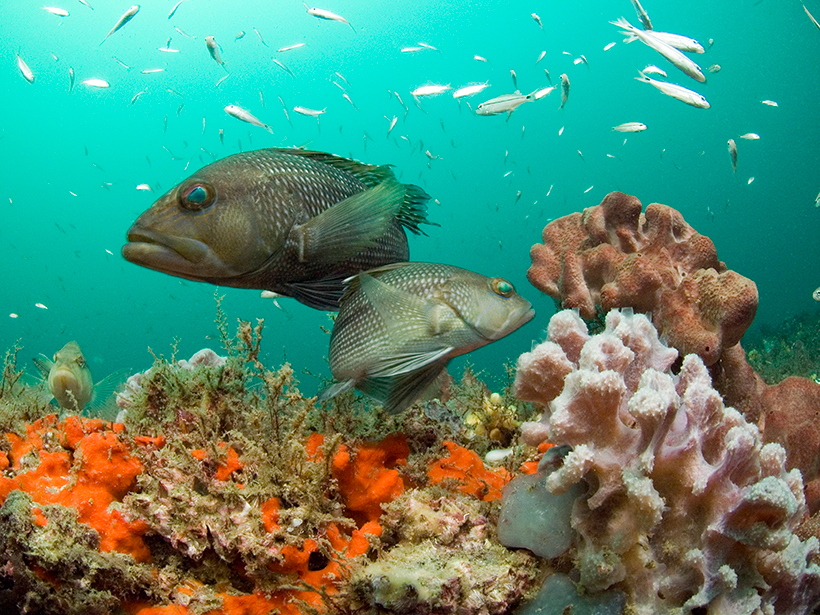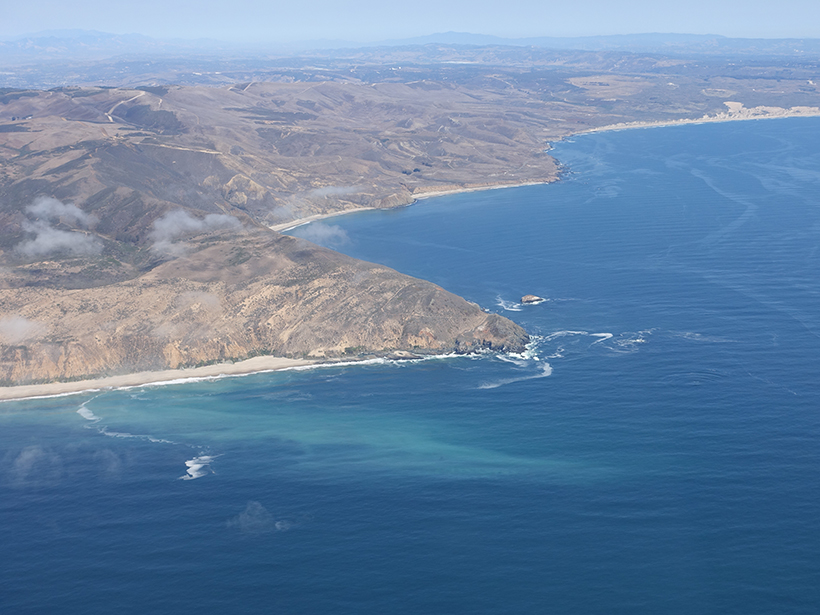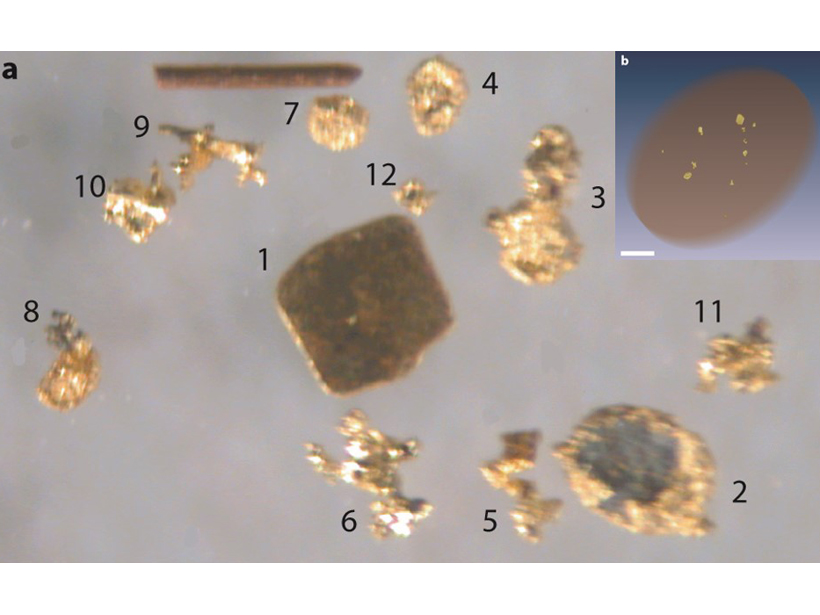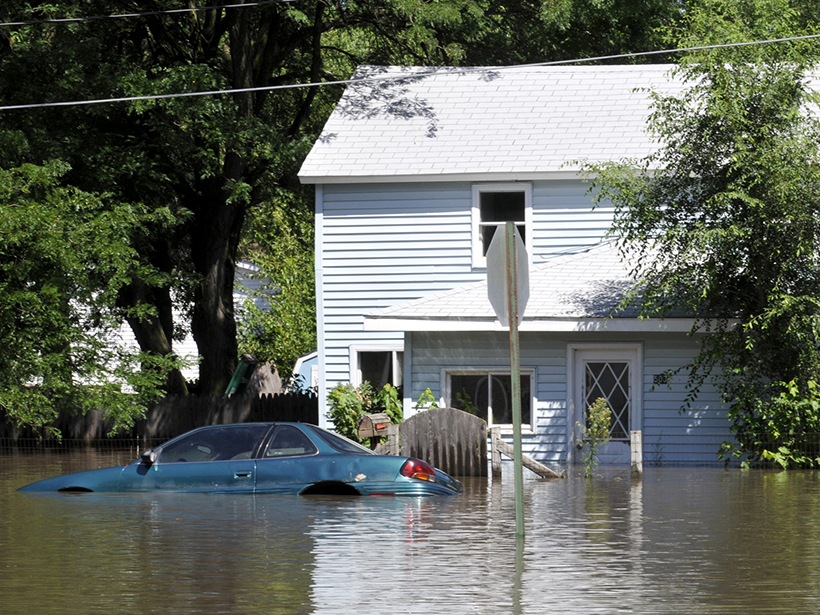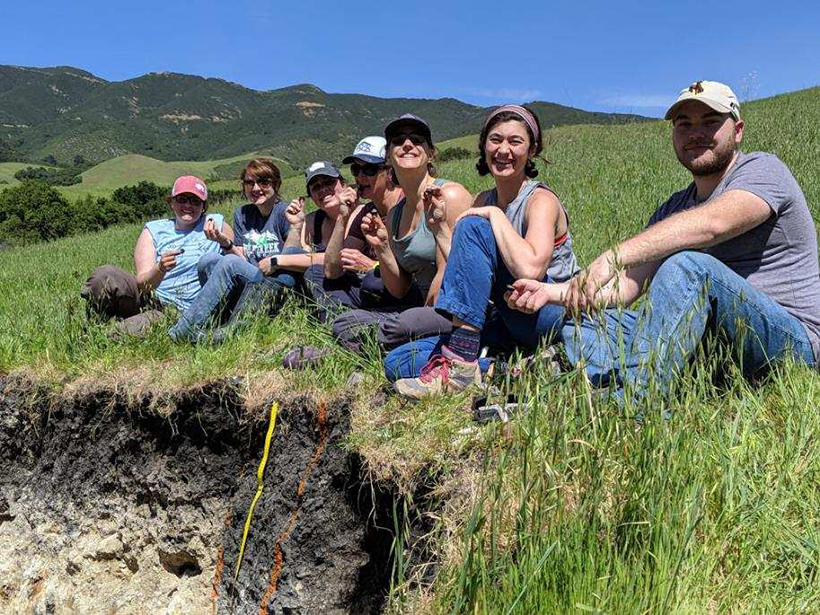A new study unveils the increasing exposure of coastal communities to minor and extreme floods as sea levels rise.
CC BY-NC-ND 2019
Machine Learning in Geoscience: Riding a Wave of Progress
2nd Annual Machine Learning in Solid Earth Geoscience Conference; Santa Fe, New Mexico, 18–22 March 2019
Mysterious Coral Reef Halos Can Be Seen from Space
Grazing rings around reefs have the potential to be used as a tool for monitoring reef health, but first, scientists have to figure out what factors govern halo size differences.
Water, Water Everywhere—But How Much H2O?
A new study quantifies the abundance of single and bonded H2O molecules in the ocean.
Global Warming Hits Marine Life Hardest
The lack of thermal refugia in the ocean means marine life has nowhere to escape from rising sea temperatures.
Untangling a Web of Interactions Where Surf Meets Coastal Ocean
In 2017, an ocean research team launched an unprecedented effort to understand what drives ocean currents in the overlap regions between surf zones and continental shelves.
X-Ray Computed Tomography Detects Resolution Scale Gold Grains
A method combining partial-volume and blurring effects can be used to measure small features in computed tomography data volumes.
Calculating the Risk of Rare Floods
The first spatially realistic catalog of synthetic flood event risk across the entire United States uncovers high-risk areas and estimates the probability of another Katrina–level flood loss.
A New Road Map for Assessing the Effects of Solar Geoengineering
A special issue dedicated to modeling the impacts of stratospheric sulfur dioxide injections is a crucial step toward understanding the climate goals this intervention can—and cannot—achieve.
Making the Grade: A Week at the National Soil Judging Contest
Students from around the country recently convened for the National Collegiate Soils Contest and promptly crawled into backhoe-scraped pits to dig into soil science.

